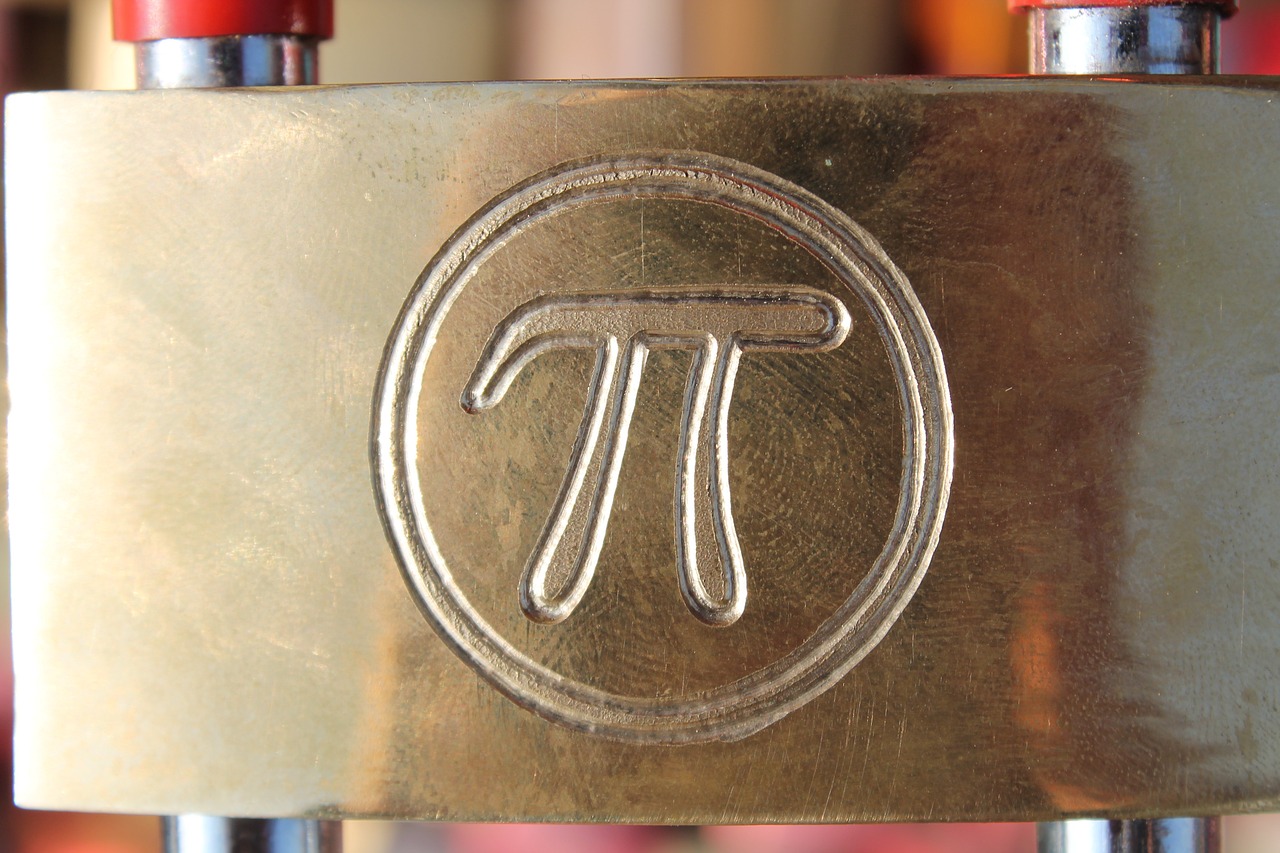The world of mathematics is filled with countless mysteries, but few are as captivating and universally recognized as the number ?, or Pi. This simple symbol holds a wealth of history, fascination, and mathematical significance.
Let’s embark on a journey through time to unravel the origin of Pi.
Pi is an irrational number represented by the Greek letter “?”, which stands for ‘perimeter’. Its value is about 3.14159, but it goes on indefinitely without repeating or settling into a pattern.
This enigmatic number has been puzzling mathematicians for millennia.
The concept of Pi dates back nearly 4000 years to the ancient civilizations of Egypt and Babylon. These early mathematicians approximated Pi to be around 3.125 by calculating the ratio of a circle’s circumference to its diameter in their architectural marvels.
Fast forward to ancient Greece, where the great mathematician Archimedes made significant strides in understanding Pi. He ingeniously sandwiched a circle between two polygons and calculated their perimeters.
As he increased the number of sides on these polygons, he got closer and closer to calculating the exact circumference of the circle – hence inching towards a more accurate value of Pi.
Centuries later, in China during the 5th century AD, Zu Chongzhi took this further by using polygons with an astonishing 12,288 sides! He refined the value of Pi to seven decimal places: 3.1415926 – an accuracy that wouldn’t be surpassed until the advent of calculus nearly a thousand years later!
In modern times, computers have calculated Pi to over 31 trillion decimal places! Yet despite these technological advancements, we still can’t find an end or pattern to this intriguing number.
The story of Pi when it’s done right, is about more than just numbers – it’s about human curiosity and our relentless pursuit for knowledge. It’s about the quest to understand the universe and our place in it.
Here’s a fun tip: Celebrate Pi Day on March 14 (3/14) by exploring some Pi-related activities. You could try calculating Pi using objects around your house or bake a ‘Pi’ pie.
It’s a great way to engage with this fascinating number and its rich history.
The journey of Pi is an ongoing one, with each generation adding to our understanding of this extraordinary number. As we continue to explore the vast expanse of mathematical knowledge, who knows what new insights about Pi await us?
Remember, mathematics when it’s done right, is about more than just numbers and equations – it’s a language that describes the universe. And in this language, Pi speaks volumes about the beauty and complexity of our world.
Share your thoughts or any fun facts you know about Pi in the comments below. Let’s continue this journey together!

